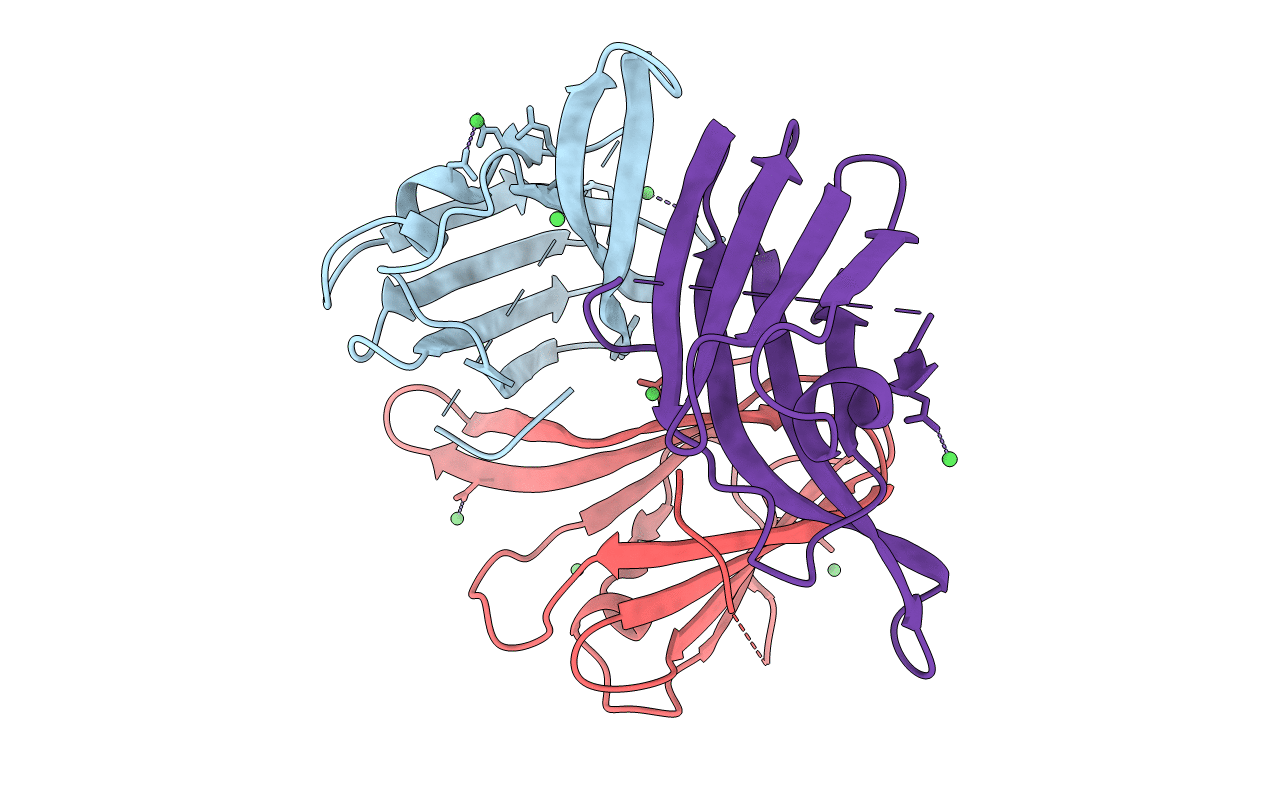
Deposition Date
2005-05-06
Release Date
2005-08-16
Last Version Date
2024-10-30
Entry Detail
PDB ID:
1ZLE
Keywords:
Title:
Crystal structure of a RGD-containing host-selective toxin: Pyrenophora tritici-repentis Ptr ToxA
Biological Source:
Source Organism:
Pyrenophora tritici-repentis (Taxon ID: 45151)
Method Details:
Experimental Method:
Resolution:
1.90 Å
R-Value Free:
0.22
R-Value Work:
0.18
R-Value Observed:
0.18
Space Group:
P 41 2 2


